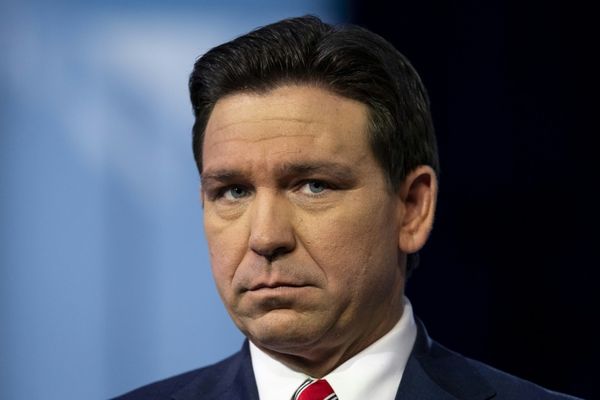
Teachers’ workloads are being increasingly stretched by their pupils’ mental health and family difficulties, according to MPs who were critical of the government’s efforts to tackle chronic staff shortages in England’s schools.
The education select committee said it was “concerned that since the pandemic teachers are spending more time on addressing issues that would typically fall outside the remit of schools, including family conflict resolution and mental health support,” and called for the government to support better provision inside and outside schools.
The MPs said those tasks were contributing to the excessive workload cited by teachers as pushing them out of the profession, while it said reports of deteriorating pupil behaviour could also be discouraging prospective teachers.
The committee’s report on teacher recruitment and retention follows gloomy official figures showing that the Department for Education (DfE) missed its targets for recruiting teachers in key subjects such as physics, computing and foreign languages, with the committee hearing evidence of vacancies going unfilled and schools having to drop some subjects entirely.
Robin Walker, the Conservative MP who chairs the education committee, said: “With a bulge in the population now arriving at secondary school level, it’s essential we have a teaching workforce that feels respected and rewarded, or else the shortfalls in key subjects will deepen. The government must use all the tools in the box to resolve this.”
Walker said that excessive workload was more frequently cited than pay as the biggest factor pushing teachers to leave the classroom.
“We also heard that ‘overspill’ from wider social problems is heaping extra stress on teachers, be it children’s mental health, behaviour, even cases of teachers helping families resolve disputes. Teachers must be able to rely on adequate local services,” Walker said.
Jack Worth, the National Foundation for Educational Research’s school workforce lead, said the MPs were right to highlight the need for urgent action to address the worsening shortages.
“We welcome the [report’s] suggestion that government should prioritise resources in the next spending review to support a funded long-term strategy which reduces teacher shortages, including adequate funding for pay increases,” Worth said.
The report also criticised the DfE for making cuts to programmes and bursaries aimed at attracting more people into the profession, and called for the DfE to reverse its decision to cut funding to Now Teach, which encourages career-changers over the age of 40 to retrain as teachers.
But Pepe Di’Iasio, the general secretary of the Association of School and College Leaders, said that “piecemeal incentives” such as bursaries were not working.
“This comes down to funding – for pay which is sufficient to attract and retain teachers, and to properly resource schools. But the financial position is actually getting worse, not better,” Di’Iasio said.
“You cannot turn around an ocean liner without enough fuel, and the current government just does not understand that.”
The report comes as Labour has made the recruitment of 6,500 extra teachers one of its six “first steps for change” in government, having said it would fund the new posts by adding VAT to private school fees in England.
The DfE also published new figures showing that attendance rates in England have improved this year compared with last, as schools recover from the higher rates of absence seen since the Covid pandemic.
During the autumn term, overall absence in state schools was 6.7% of sessions missed, compared with 7.5% the previous year. Absence rates in primary schools were closer to those seen before the pandemic, while those at secondary schools remain elevated at 8%, compared with 5% in autumn 2019.







